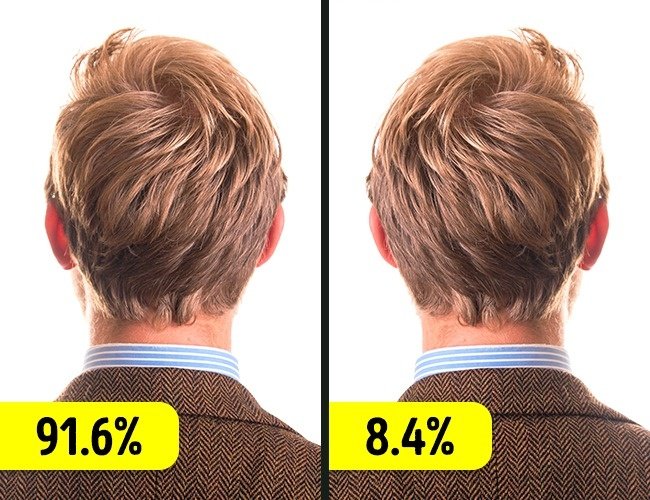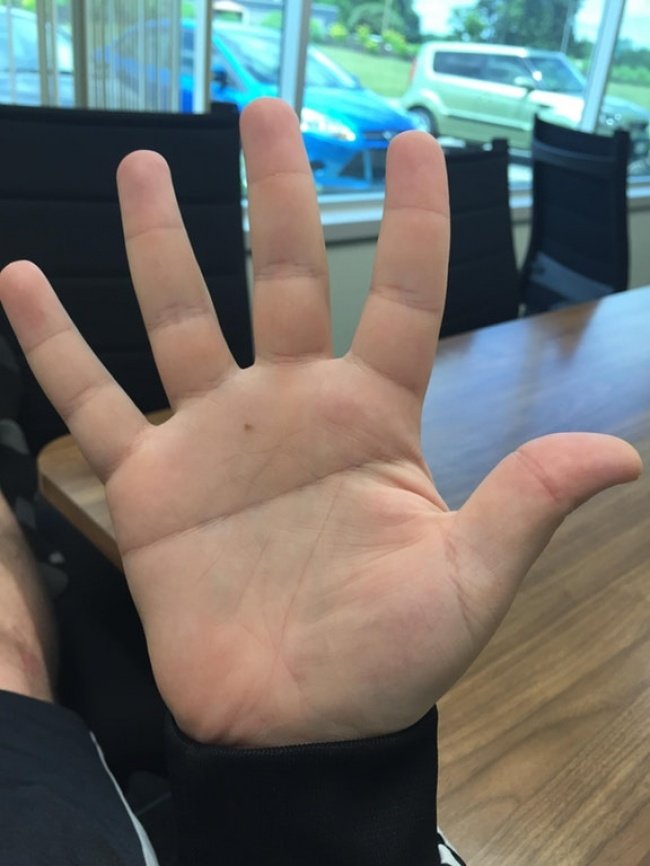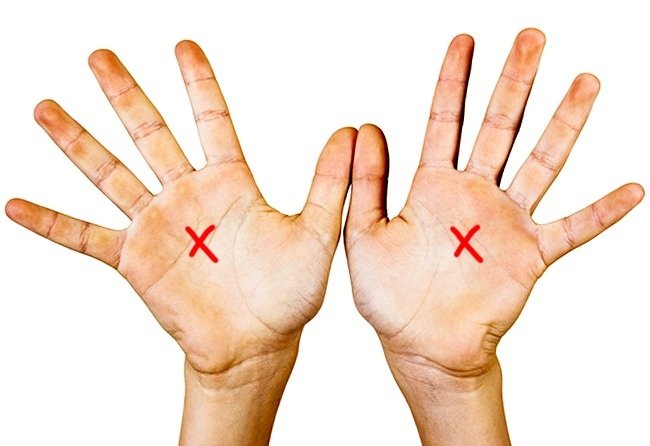Each person is unique — sometimes more than we think. Even though we all have the same number of limbs and similar features, some small details make everyone an X-Man of sorts.
MUMY BEAR has discovered 15 unusual features of the human body that we rarely notice. Perhaps you possess some of them too?
15. No wisdom teeth

20% of people don’t have wisdom teeth, which is considered a normal variant. Their occurrence varies across different populations. For example, almost 100% of indigenous Mexicans don’t have wisdom teeth, while virtually all Tasmanian aborigines do. The difference is related to the PAX9 gene (and perhaps other genes).
14. Blue eyes
It has been suggested that the blue eye color is due to a mutation in the HERC2 gene that leads to reduced melanin production in the iris. Only 8% of all people have blue eyes.
13. Morton’s toe

10% of people have Morton’s toe: a foot structure where the first toe is shorter than the second. Interestingly, the Statue of Liberty also has feet of this kind.
12. Hair whorl

8.4% of people have counterclockwise hair whorls on their head. If you belong to the 10% of the population who are left-handed, though, your chances to not be like the majority are 45%.
11. Sneezing
25% of all people have an unusual reaction to sunlight: sneezing. This phenomenon even has its own name: photic sneeze reflex.
10. Single palmar crease

The single transverse palmar crease, or the “simian crease,” is found in 1.5% of the population (more often in males) and is a hereditary trait.
9. Light hair
Natural blonds are rare among adults since light hair darkens with age. The percentage of fair-haired adults in the population varies from 2% to 16%.
8. Fingerprints

Only 5% of the population have arch-shaped fingerprints (others have loop-shaped and whorl-shaped fingerprints — 65% and 30% respectively).
7. Red hair
Redheads are an even rarer occurrence and make up 1-2% of the planet’s population. This hair color is caused by a genetic mutation.
6. Curly hair
Only 11% of people have naturally curly hair.
5. Outie navel

An inverted navel is found only in 10% of adults. Contrary to popular opinion, the shape of the navel doesn’t depend on the way the umbilical cord is cut at birth. The only thing that matters is how the scar heals afterward.
4. Х on hands

Lines forming the letter Х on both hands are a very rare phenomenon regarded by some as a sign of a strong character. The only thing known for sure is that only 3% of people have it.
3. Clasping hands

Clasp your fingers, and observe the position of the thumbs: 50% hold the right thumb above the left one, 49% do it the other way around, and only 1% place the thumbs next to each other.
2. Gleeking

Gleeking is spitting saliva from the submandibular gland. It can occur spontaneously while you’re talking, eating, or yawning; it is estimated that 35% of people can gleek, but fewer than 1% can do it on command.
1. Heart on the right
1 person out of 12,019 has their heart on the right side of the chest. This congenital anomaly is called dextrocardia and usually doesn’t entail any negative consequences.
